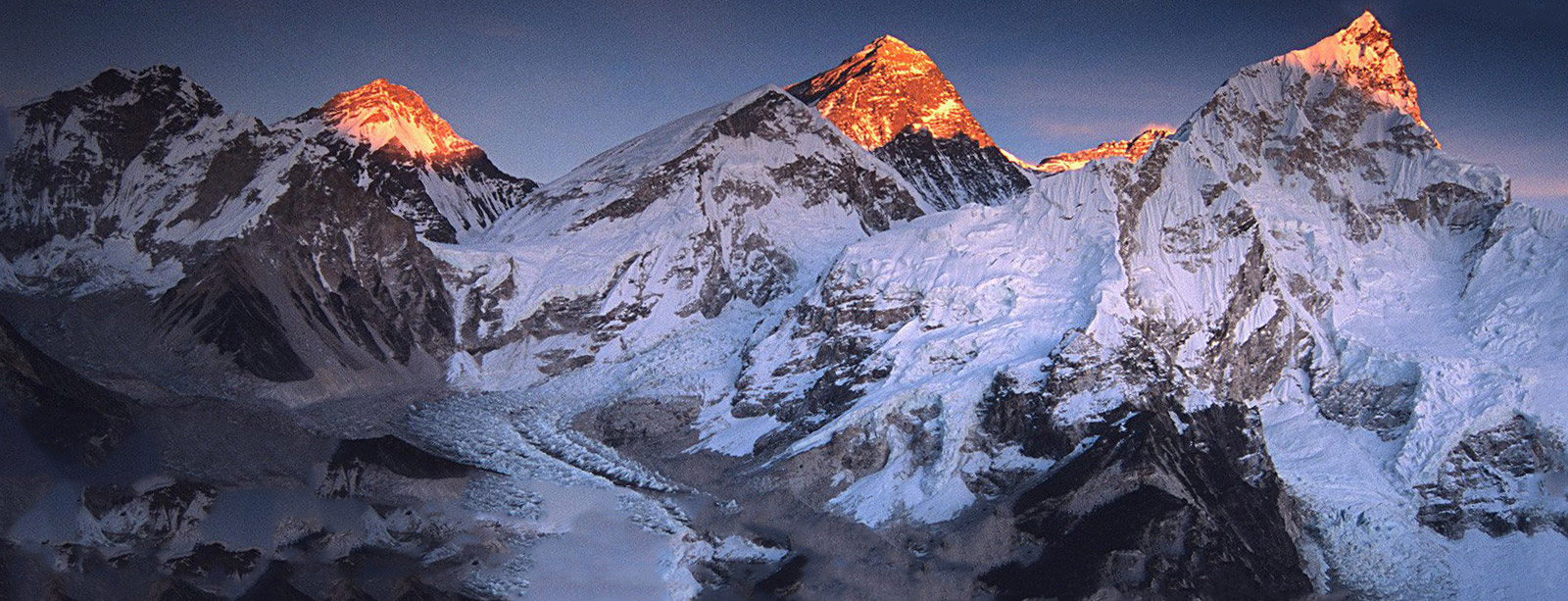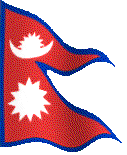Digital Data Collection for Groundwater Monitoring
The manual and tutorial video provide a complete guide on how to digitally collect groundwater data using the Android-based Kobo Collect app.
Training mannual in
Nepali
Training mannual in
English
Data Collection Video
Tutorial


